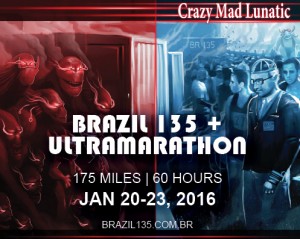I am often asked, “What kind of training program should I follow to get into shape?” or “How can I improve on my fitness?” By simply following the FITT principle, you can do both. FITT stands for Frequency, Intensity, Time, and Type.
Frequency, or how often you train, is important for building or improving fitness. Being consistent no matter how long or how hard you train will lead to improvements. For example, someone coming from a sedentary background should strive to exercise three times a week at a minimum. Someone with an athletic background or who has already been training would look to train more often.
Intensity, or how hard or easy you train, is another key component to training. Intensity and time go hand in hand during training. Generally, as intensity increases, time decreases. The opposite is also true: less intense workouts go for a longer period of time. If you are just starting out, keep the intensity low in order to let your body adapt to training and to prevent injury.
Time is another element in training. Time and intensity depend directly on one another. In order to engage the fat-burning systems of the body, you want to train at a low intensity over a longer period of time. Newer athletes should shoot for a minimum of 30 minutes per exercise period.
Type is the final component of the FITT principle. The type of training you do should correspond to the type of event for which you are training. For a Sprint triathlon, you would train for the swim, bike, and run and the corresponding distances.
The basic tenets of training will always be the same: You have to train consistently and you have to train specifically.
Training volume is defined as duration x intensity. Generally, as one rises, the other falls (i.e., higher intensity workouts are shorter in duration, and lower intensity workouts are longer in duration). Both will produce training stress, and as a result, both will affect physiological adaptations. Neither approach is wrong or right, but rather depends on the athlete and his ability to accept training load and recover. The mix of duration and intensity will also be determined by the athlete’s ability to recover from the respective workouts. Shorter higher intensity workouts are harder on the body and can take 48-72 hours to recover. For Masters athletes, this recovery can take even longer due to the fact that our ability to recover declines as we age. Longer workouts at lower intensity can incur the same training “cost”, but recovery time will be shorter.
The mix of duration and intensity will also depend on the type of event for which the athlete is training. That is not to say that long course athletes should do only long duration workouts and not do intensity, and short course athletes should do only short intense workouts and no duration. Long course athletes still need to do higher intensity workouts to raise their thresholds (aerobic and lactate). This makes their “slow” pace faster as they are able to operate at a higher percentage of aerobic capacity. Short course athletes benefit from lower intensity/longer duration workouts, which serve to train the aerobic engine and train the body to burn fat more efficiently.













